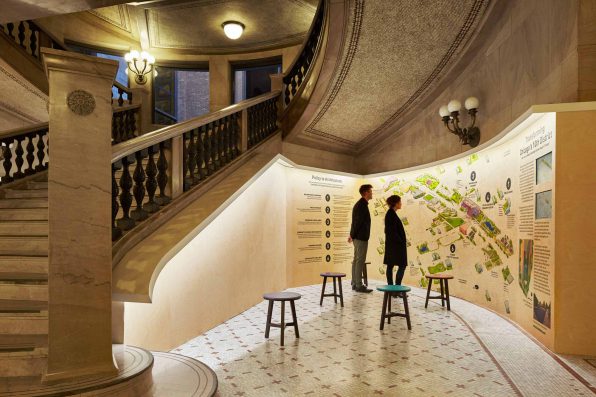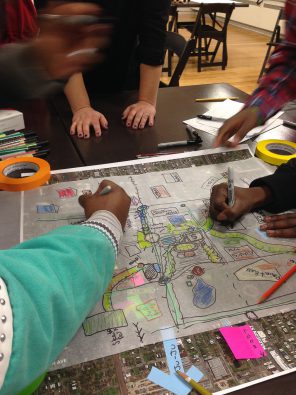Curbed – “How Jeanne Gang’s Firm Designed a Better Police Station”
“As Gang explains, the people at her firm were, like everyone else, ‘outraged’ at seeing the results of deteriorating relations between communities and the police. So earlier this year, they decided to do something about it. After months of research, [the Studio] came up with Polis Station, a research project that proposes turning police stations into community centers, and have started the process of turning some of those ideas into action in Chicago’s North Lawndale neighborhood. …
[Said Gang,] ‘Architects should think about how we can move the needle on urban issues and social issues. A report came out in May from the President’s Task Force on 21st Century Policing. I was thinking about these issues, since we were designing a firehouse in Brooklyn, which operates very different in terms of the way the community and firefighters work together. We were reading the report, and started thinking, what if the police station could be a catalyst for the economic repair of the community?
We’re interested in this issue, we read the paper everyday, but we’re not a client of the police or any community groups. But, if you are designing a police station, you should be working for both groups equally.
I call our practice actionable idealism. We’re idealistic—we can’t help being that, we’re designers. But actionable means we want to do it, even if it’s the first little step, and we try to move it forward.’”

